Oprey Bags Review by Scott Cornish
Osprey are well known for their innovative packs covering a wide range of sports, with their cycling range having evolved over the years. Their cycling packs cover everything from big days out to multi day adventures, from the minimalist to sizeable gear portage. If simply upping your water carrying capacity is the priority, Osprey offer the ultra lightweight Katari range and the women’s specific Kitsuma, from a 1.5L to a 2.5L capacity. I had the lightest version on test, the Katari 1.5 over the course of numerous multi day bikepacking events to mtb marathon races. Here are a few thoughts.
Having been a huge fan of their Raptor range since the original versions, especially the most compact version, the Raptor 6 for single and multi day adventures and races, the pack’s fit and bomber stability was its defining feature. Updated, the Raptors are packed with numerous well thought out features and along with a semi rigid frame, integral to their stable and form fitting back fit system, they aren’t the lightest of packs. If you simply wanted to carry extra water, the Raptor could be excessive and this is a gap which the Katari/Kitsuma ranges exploit.
Out of the box, the Katari is super light in hand with a more flexible frame, the pack without bladder coming in at 200g. Its straps and body are pared down to an absolute minimum whilst retaining just enough structure and body form shape. To maintain its feathery weight, features are also kept to an real minimum; a reflective attachment point for a rear light and a top, zipped pocket, just large enough for essential items such as glasses, wallet and passport, along with a key clip. Overall length is about 35mm shorter than the Raptor 6. The bladder is their standard top opening version with a sliding closure. To prevent it sliding down into the pack and folding over on itself as it empties, there is a small clip at the top of the pack which loops through the top of the bladder, and in keeping with the pack’s design, minimal in stature. The overall closure of the pack is via a loop and toggle, which again is kept small. As with many of their packs, the drink pipe can be set up either side and the nozzle is held in situ by a magnetic clip.
Out on the trail
Loaded full with 1.5L of water, the Katari feels much less bulky on the back than the Raptor. Chest strap height and width adjustment is straight forward and once the shoulder straps are set to the right length, you’re ready to roll. Its reduced length is a real plus to allow use of and access to rear jersey pockets for anything you would carry. There isn’t a waist strap (which would probably sit too high anyway), but this hasn’t impeded its stability on rough terrain due to the pack’s minimal size and bulk, sitting snugly into the mid and upper back. In situ, , the Katari’s lack of bulk gives it a comparatively imperceivable feel. After a few minutes, you almost unaware of its presence, save for the need to hydrate.
Heat build up underneath a pack can put some riders off using one. The Katari isn’t impervious to that, but its patented breathable Airscape mesh backing, ventilated shoulder straps and minimal size minimise the sensation of overheating, as experienced during some extreme weather at the Appenninica mtb stage race (when Europe was going through a heat wave) and bikepacking through the Negev desert in Israel at Holy Land Challenge.
The Katari removed a not insignificant 1.5kg of weight from the bike. A noticeable amount when manoeuvring through more technical terrain, making the bike feel more manoeuvrable.
If you use energy product in your water for racing and training (my go to product is Tailwind), with the bladder’s large opening, it’s super easy and rapid to empty powder into the bladder. A preferred option, which I’ll often opt for long day rides or for bikepacking races, is to reserve the Katari for water only and have a double concentration of product in the bottles, taking mouthfuls of each as necessary. This works especially well in hot conditions where sometimes you just want a good few glugs of water.
Refill speed was no less than filing 2 separate 0.75L bottles. The bladder is super quick and easy to open and close, as is the small retaining buckle. The pack’s toggle closure however can be fiddly to open/close when under pressure for a rapid refill so I sometimes left that undone, which didn’t seem to make a significant difference to how the pack felt on the back (it did feel a little less secure) as the bladder is fixed to the back side of the pack.
For all its advantages and ability to drink on the go on any terrain, there is the downside of not being to see how much water is left in a bladder, but as the Katari is of a less rigid structure, you do get a sense of what’s left as the weight and bulk reduce as the bladder empties. It’s had some rough treatment over the course of a few events and is holding up well with no issues. Next event using the Katari is in Morocco next month for the Atlas Mountain Race comprising a couple of lengthy wild sections without water supply.
The Katari will appeal to the minimalists and those who may be unconvinced about the bulk and weight of using a hydro pack. With some full suspension bikes having capacity for a single bottle only and the popularity of full frame bags for bikepacking, the Katari 1.5 is an ideal option for water portage without any real downsides. One of its major plus points is allowing the rear jersey pockets to be used, ideal for long hauls. Renowned for offering packs with well thought out, sport specific features, Osprey are employing their know-how in producing a pack at the opposite end of the spectrum, for the demands of the fast and minimalist. If you want to carry more water whilst retaining rear jersey pocket access, the Katari 3 with its 2.5L capacity is worth a look.
Ultralight dry bags
Even though most seat and handlebar bikepacking are watertight, I’ll keep items such as the down sleeping bag and down jacket in a separate dry bag, just in case the main bag gets damaged in any way or tiny holes. Nothing worse than needing that extra warmth that down brings and finding the item wet. Osprey offer numerous sizes of their ultralight dry bags and I had the 3 and 6L sizes. 3 for a PHD 1000 fill down jacket and 6 for a PHD 1000 fill 2 part sleeping bag with a comfort temperature rating of -5°.
With sizes from 1.5L all the way up to 30L, there is something for every need. The 3 and 6L weighed a scant few grams each, 0.02g and 0.03g respectively. The waterproof ripstop nylon gives their minimalist construction durability. A plastic ring at the buckle and a toughened material loop at the bottom allows easy attachment to a bag externally too.
I have yet to find any cons to the dry bags using them inside the other bags and have stood up well to being attached externally when ski touring. Personally, even for bikepack racing, I like to have a set of warm, dry clothes. The Osprey dry bags give me the confidence that I’ll have dry clothes to put on when stopped and a dry sleeping bag even under the heaviest of down pours. For their minimal weight and tiny pack size when not in use, they are the ideal addition to any bikepacking or travel set up.

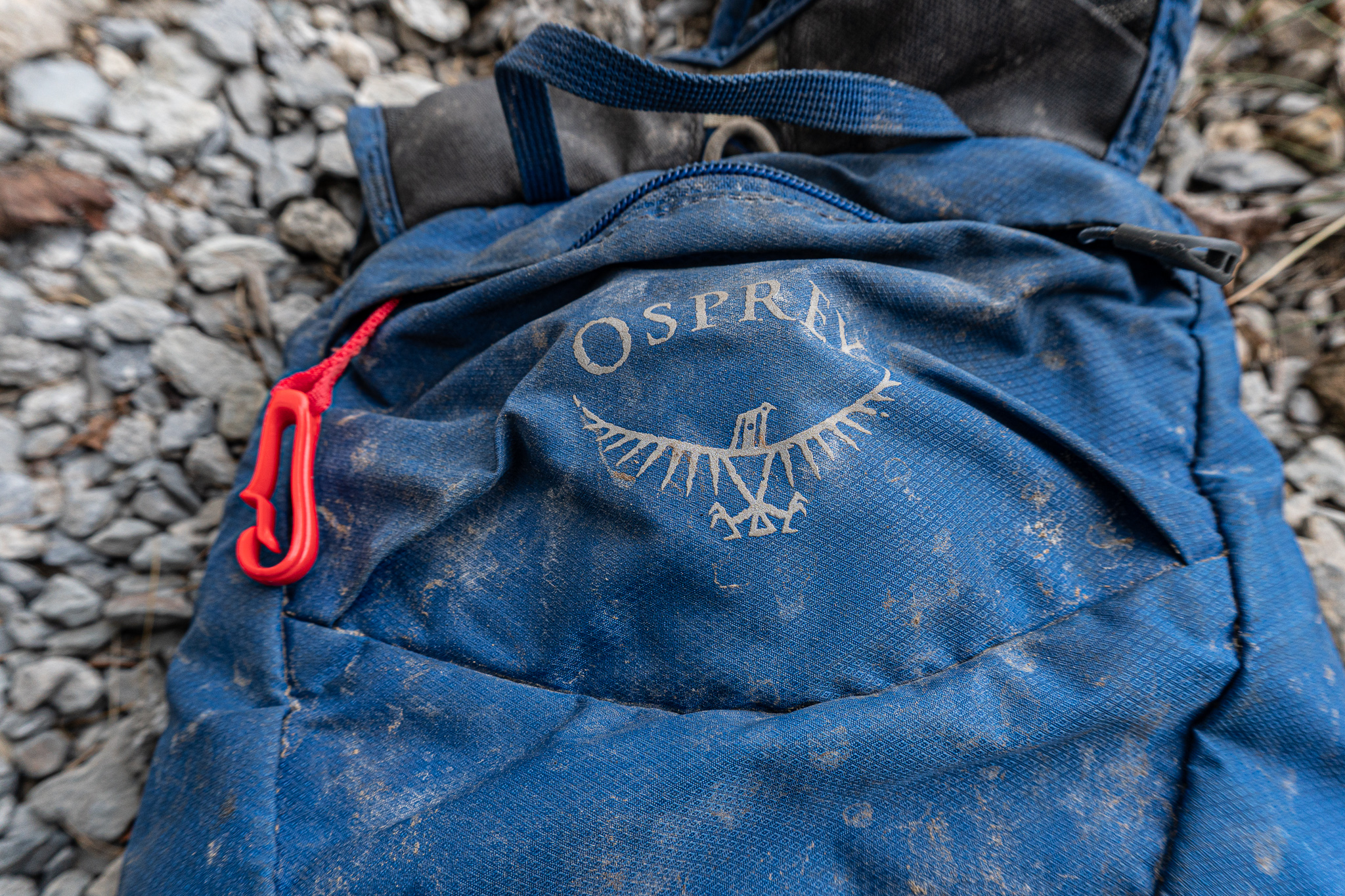
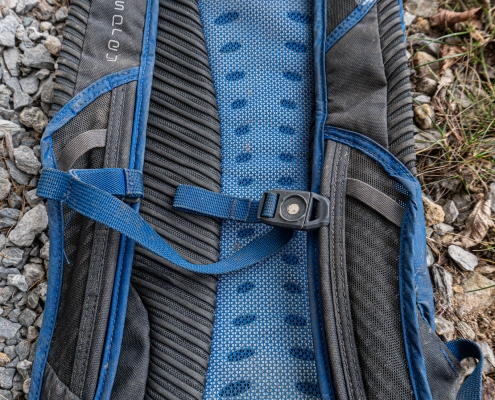
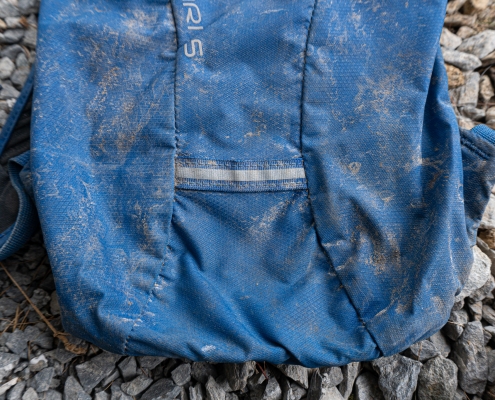
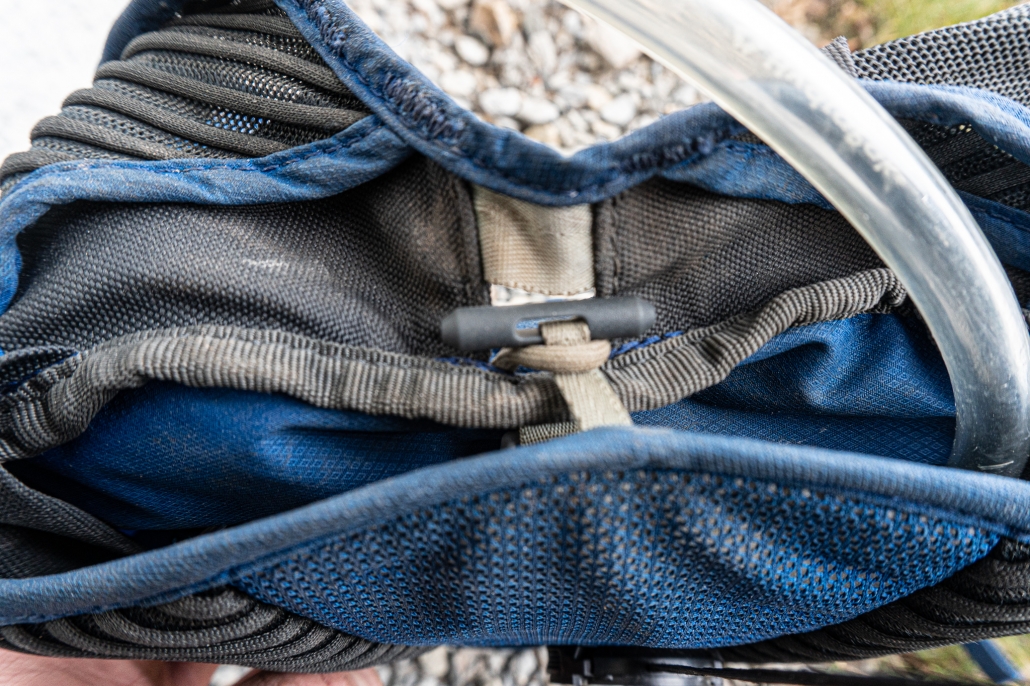
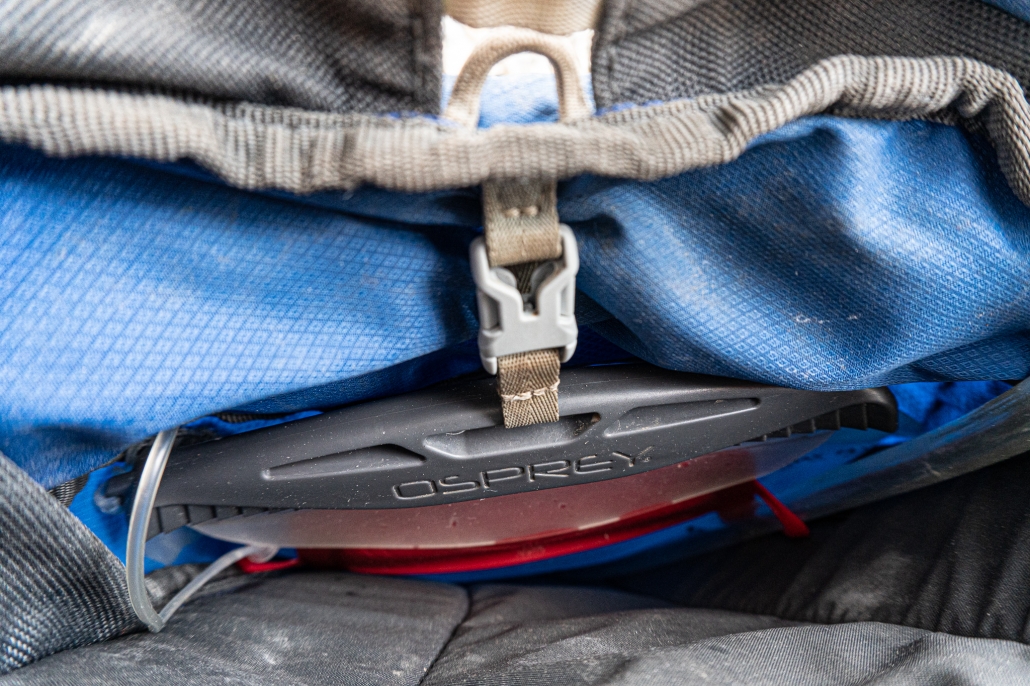
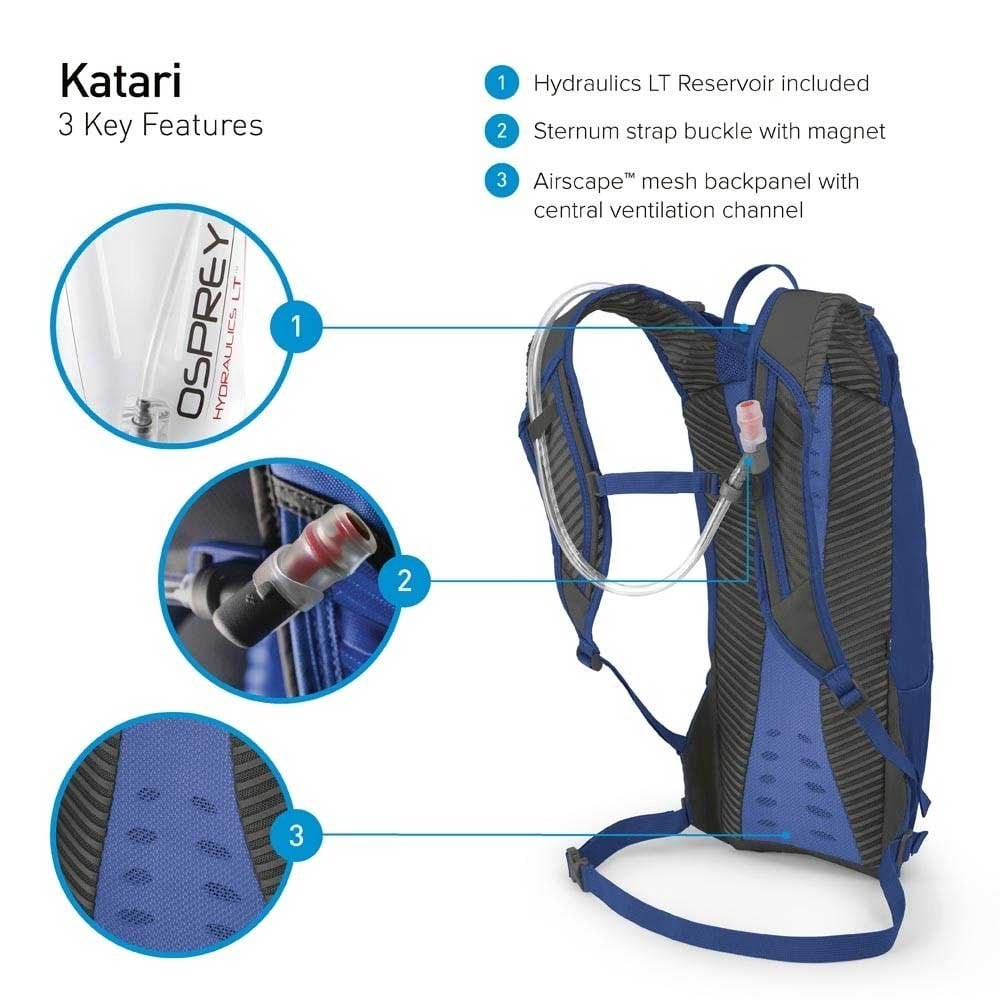
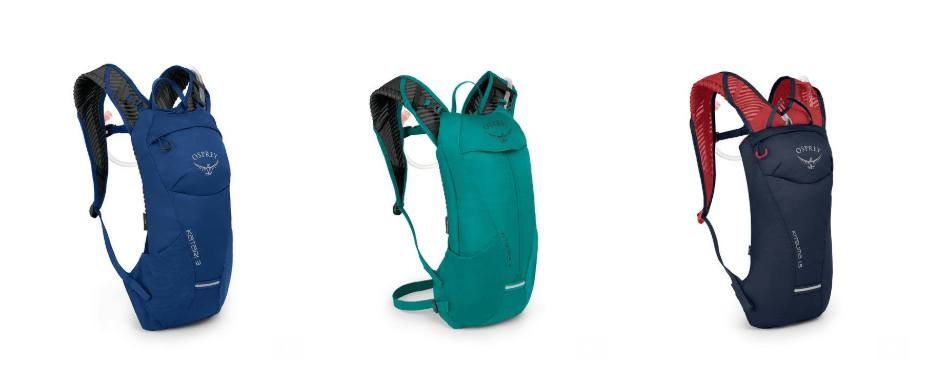
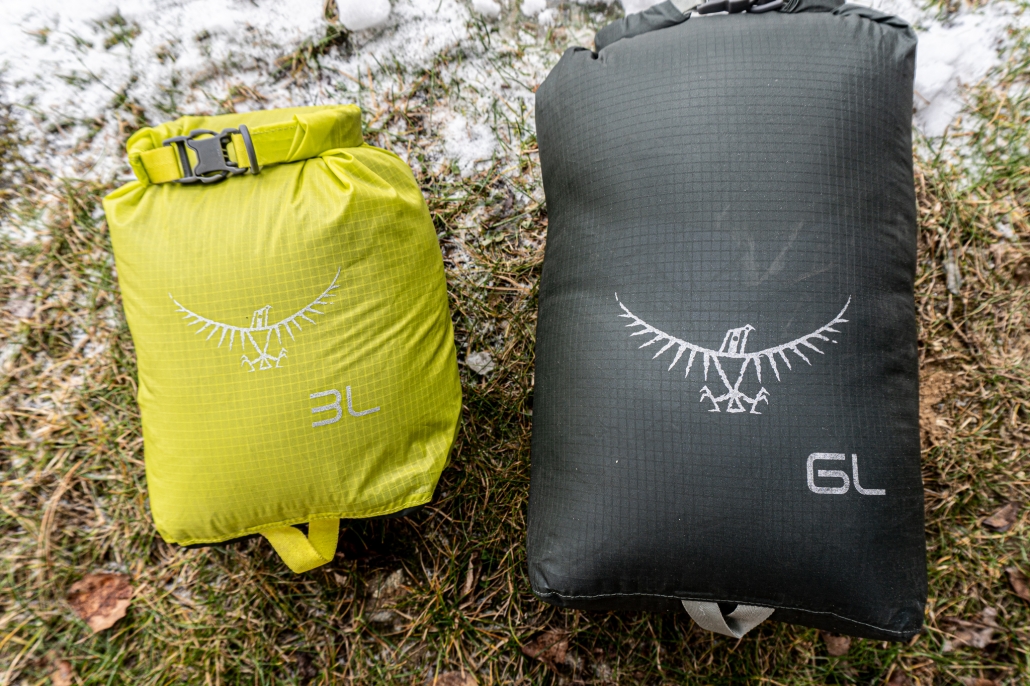
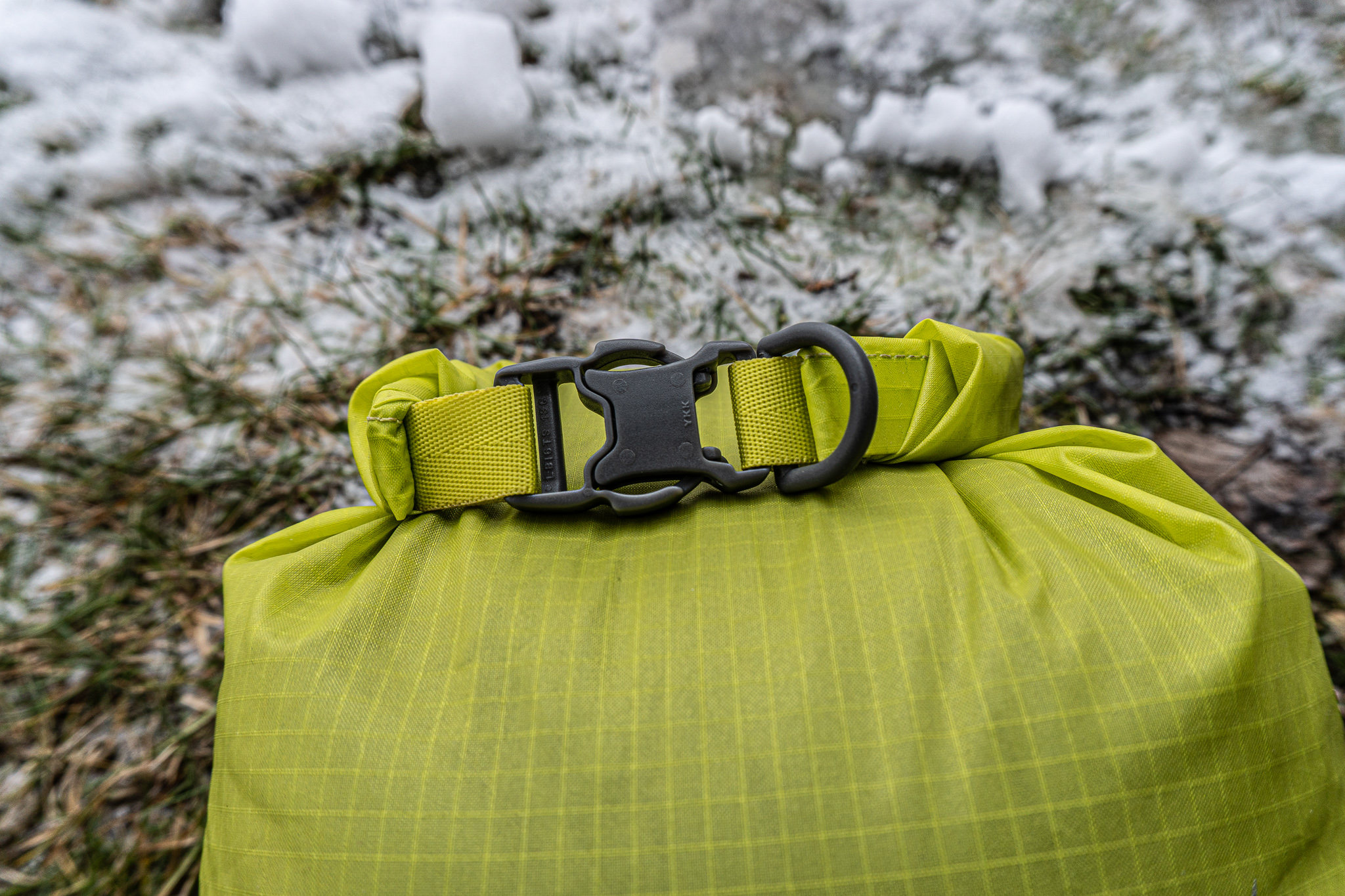







 Nadezhda Pavlova
Nadezhda Pavlova Scott Cornish
Scott Cornish